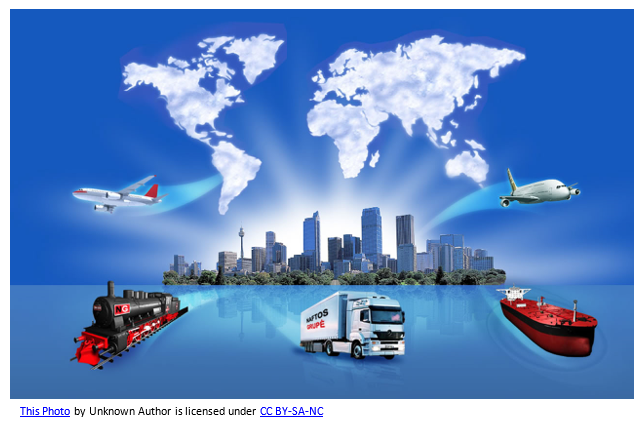The management of a company’s global logistics can seem daunting at the outset; especially considering the recent changes in tariff increases. Figuring out which HTS codes cover which products can be a time-consuming task. And staying on top of the specific requirements for multiple companies - across a multitude of logistics needs: air; ground; shipping - requires careful coordination of international logistical services. Following are suggestions for utilizing streamlined global logistics and how to optimize their functionality.
- Harnessing the Power of Consolidation
There are myriad benefits to consolidating your company’s global logistics efforts. For starters, standardized procedures can be implemented to restructure and better organize the paper trail concerning all shipping documents involved in the delivery process. Implementing software analytics can assist carriers in optimizing routes and pickups. As a result, processing payments becomes a simpler process through consolidation, with fewer carriers amounting to fewer payments and a more efficient accounting processing.
- Centralized Management of Delivery Vendors
As products are routed globally from starting point to ending point, they often travel a complex path, across a variety of carriers. Unfortunately, there can be many delays along way. Ports can get backed up, both on docked ships and in gridlocked land transporters. And customs inquiries - due to improperly documented shipping containers - can cause huge headaches for everyone involved in the logistics process.
Partnering with a global sourcing management company can consolidate logistics and help to make the process run more smoothly. From ocean freight or air shipment; customs clearance; duties, taxes and fees; to rail or ground delivery to your warehouse, global sourcing companies like United Global Sourcing, can streamline logistics for your organization. And you’ll realize simplified costs in the logistics process as all the fees and costs associated with logistics services and customs management are included in your initial quote.
- Integrating the Latest Technologies
AMRs
Frequently, ongoing upgrades and advancements are being adopted in software and equipment related to logistics processes. And one of the most technologically-advanced additions to this process – and one that is gaining momentum - includes autonomous robots. In fact, a recent report from Tractica Research estimates shipments of warehousing and logistics robots will reach almost 1 million units by the year 2022.
Companies using Autonomous Mobile Robots (AMRs) are seeing improved efficiencies in locating, tracking and moving inventory in warehouses and logistics facilities. AMRs can easily locate and move anything from parts to pallets in warehousing locations, and human workers can modify their workflows quickly and easily without requiring complex programming. Using AMRs for process automation is taking a fraction of the time it used to, freeing up humans to handle higher-level functions.
Internet of Things (IOT)
Applying IOT devices can help to globally streamline logistics in your organization. IOT devices are interconnected via the Internet to allow for collaborative data collection and exchange. With IOT devices on containers, shipments, and packages, logistics departments are able to retrieve real-time data to supply customers better updates, and apply modifications toward future improvements.
Integration Platform-as-a-Service (iPaaS)
IPaaS is defined as a set of automated tools for connecting software applications being deployed in different environments – very helpful for unifying global logistics. iPaaS can simplify how companies connect with their stakeholders and how information is shared. It can be used as the “glue” between data and systems using APIs and other integration tools, to allow different steps in the logistics process to communicate fluidly with one another.
Blockchain
One large issue faced by today’s logistics companies is the lack of available trucks and drivers for those transporters. Blockchain technology for trucking can help streamline and improve this part of the logistics process by sharing a distributed ledger that facilitates the process of recording transactions and tracking assets in a business network. The use of blockchain technology in logistics essentially allows for a common and publicly accessible framework for logistics management and the tracking of assets – maximizing the use of available trucking resources.
There are many ways to improve the global logistics process for today’s organizations. Processes are inefficient and ineffective at times. But by using delivery consolidation, centralized management of delivery vendors and by integrating the latest technologies available to company logistics’ departments, logistics processes across the globe can be streamlined and optimized. And another way to streamline your global logistics is to rely on the knowledge of our experienced staff at United Global Sourcing. From determining customs classifications to coordinating container packing and delivery, our experts have logistics down to a science. Contact us today!

